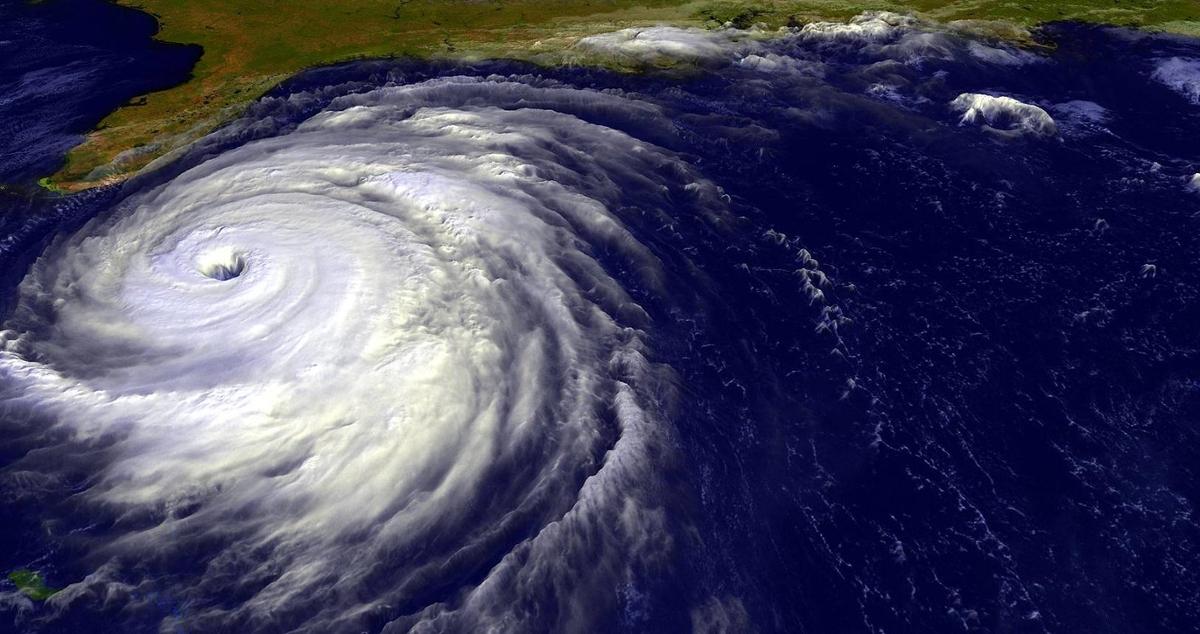D: Ivan . . . the Terrible. No, that's already taken. Ivan the . . . Terrifying?
Y: What are you doing, Don?
D: Trying to come up with hurricane names. Meteorologists always pick ones like Henry or Amanda or Jenny. Hurricanes are big, damaging storms. Any storm that produces 100 mile-per-hour winds, uproots trees, and demolishes beachfront houses needs a tougher name. Like, "Skeletor" or something. No, wait, that's taken, too.
Y: I see your point. But you know, Don, hurricanes damage a lot more than trees and houses. Their effects on coastal areas like North Carolina can last for years after the actual storms.
D: Really? How?
Y: Environmental scientists at the University of North Carolina have been studying the effects of relatively low-power storms like Hurricane Fran, that hit North Carolina in 1996, and Floyd in 1999. They've found that storms that dump a lot of rain and cause flooding actually cause the most lasting ecological damage.
D: You mean damage to the marine ecosystem?
Y: Exactly. Floods are damaging to marine life because they pour tons of fresh water on top of the ocean's salt water, which is heavier. The result is that the saltier water is trapped below where it can't come into contact with the atmosphere and replenish its oxygen. So before long the bottom water runs out of oxygen, which harms the fish and shellfish that live there.
D: Does the water eventually mix and become re-oxygenated?
Y: Yes, eventually. But for a few years after a hurricane, fish and shellfish are vulnerable, which makes them even more vulnerable to pollution and overfishing.









